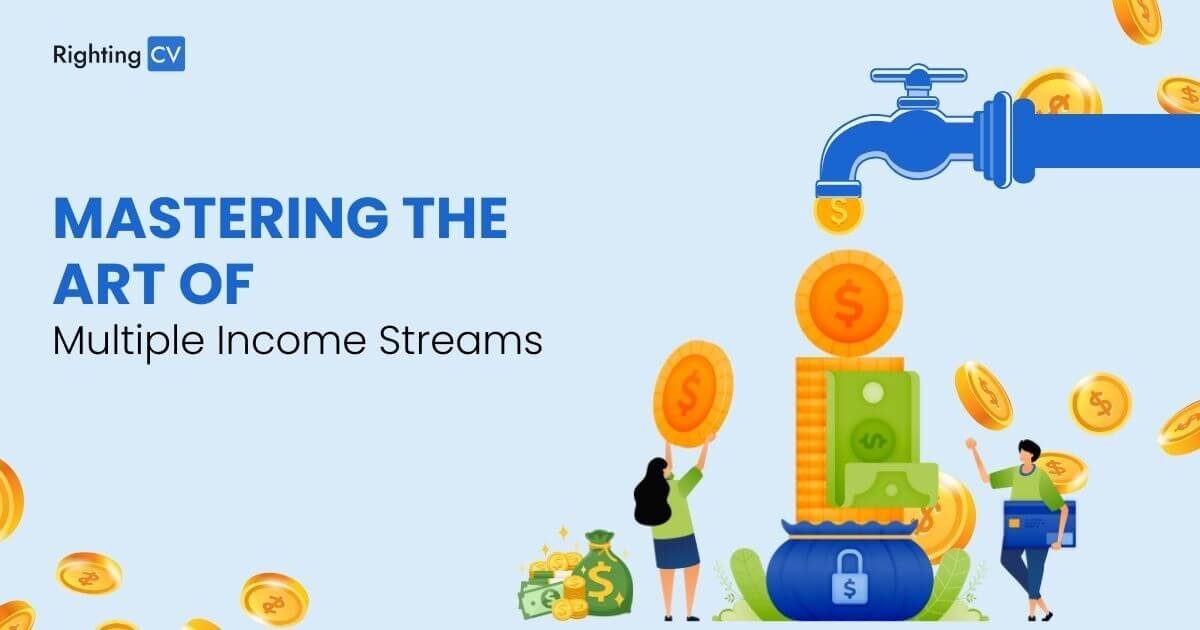In the dynamic landscape of modern work, the gig economy and side hustles have become integral to financial success. Balancing multiple income streams is both an art and a necessity, offering individuals the flexibility to diversify their earnings and pursue their passions. In this blog, we’ll explore the nuances of the gig economy, delve into the world of side hustles, and provide insights on achieving a harmonious balance between various income streams.
The traditional 9-to-5 model is evolving, and the gig economy is at the forefront of this shift. The allure of flexible schedules, diverse projects, and the ability to be one’s own boss has led many to explore the world of freelancing, consulting, and side hustles. However, managing multiple income streams requires careful navigation to ensure stability, financial growth, and a sustainable work-life balance.
The Gig Economy Unveiled:
Defined by short-term and flexible job opportunities, the gig economy offers a plethora of options. Freelancers, independent contractors, and part-time workers contribute to this ecosystem, bringing a blend of skills and expertise to various industries. Embracing the gig economy provides individuals with the freedom to choose their projects, set their rates, and enjoy a level of autonomy often absent in traditional employment.
The Rise of Side Hustles:
Complementing the gig economy, side hustles have gained immense popularity. These ventures, pursued alongside a primary job or other commitments, allow individuals to monetize their passions, hobbies, or skills. Whether it’s freelance writing, graphic design, or running an e-commerce store, side hustles offer a creative outlet while contributing to additional income.

Benefits of Multiple Income Streams:
Diversifying income sources brings numerous advantages. Financial resilience, the ability to weather economic uncertainties, and the opportunity for accelerated savings are among the key benefits. Moreover, exploring varied projects enhances skill sets and opens doors to new opportunities.
Challenges and Strategies for Balance:
While the gig economy and side hustles offer remarkable benefits, the challenge lies in finding balance. Burnout, time management, and the risk of overcommitting are common pitfalls. Establishing clear boundaries, prioritizing tasks, and honing time management skills are crucial strategies for maintaining equilibrium.
Financial Planning in a Multifaceted Career:
Financial planning takes center stage when juggling multiple income streams. Creating a comprehensive budget, setting aside funds for taxes, and establishing an emergency fund are pivotal steps. Additionally, considering retirement savings and healthcare becomes paramount in the absence of traditional employee benefits.
Embracing Technology for Efficiency:
In the digital age, technology plays a pivotal role in streamlining the management of multiple income streams. Time-tracking apps, project management tools, and financial software can assist in organizing tasks, ensuring timely deliveries, and managing financial transactions efficiently.




